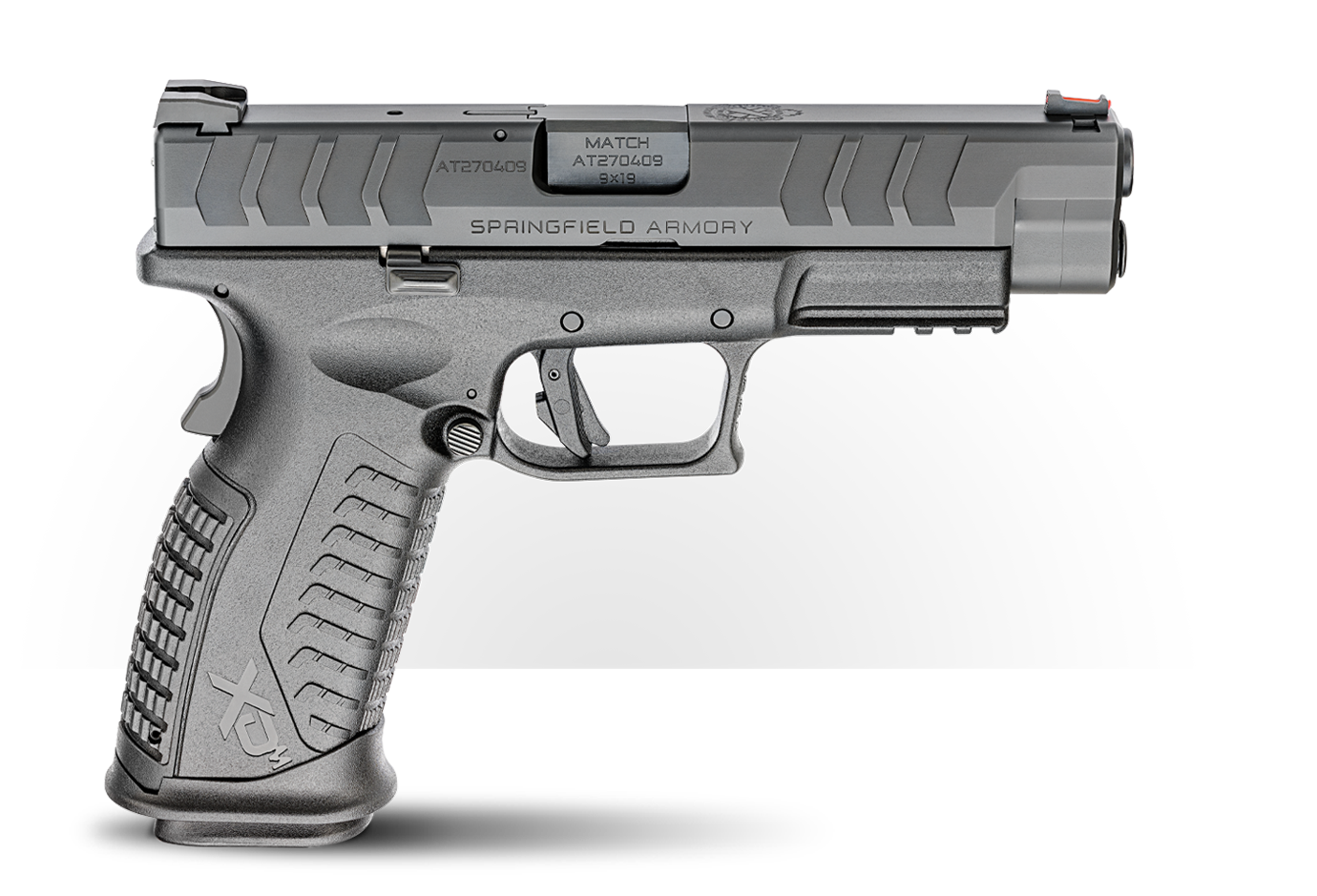Mastering the Bowling Pin Shoot
May 18th, 2025
5 minute read
Recently in this space I wrote about the sport of shooting bowling pins in which we discussed the game and the gear. Let’s look now at strategy and technique.
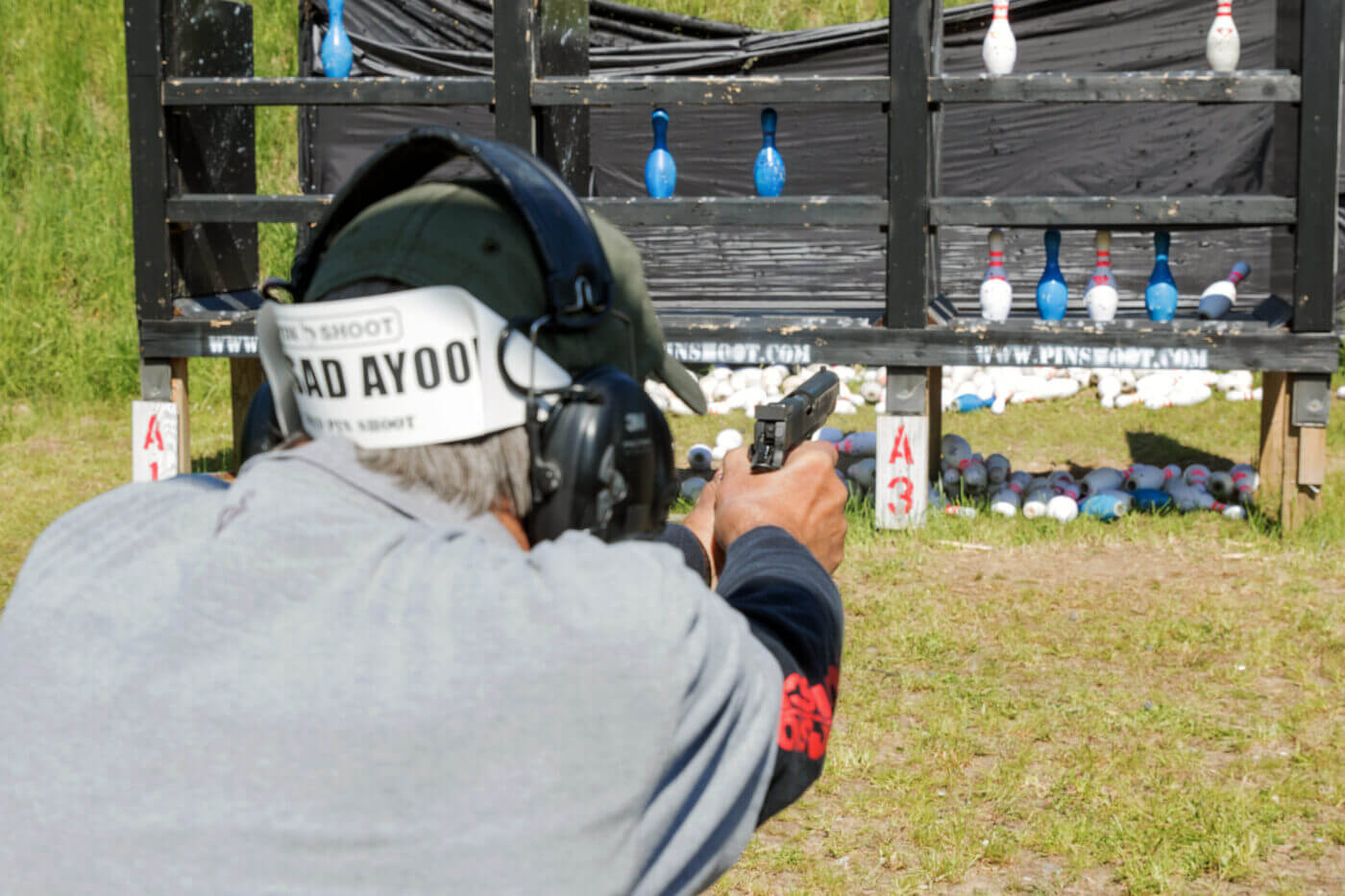
Different match hosts will have different arrays. At local clubs, the most popular array is simply five bowling pins in a row. The event that really started the sport and defined it was the Second Chance Shoot (1975-1998), currently known as The Pin Shoot. The sport has evolved to become increasingly more challenging. For the first several years, the main match was that “five pins straight across” array. Then, sponsor Richard Davis developed two-tiered tables. Today’s Pin Shoot tables have three tiers.
There is another challenging element added these days: “hostage pins,” brightly colored to designate their no-shoot status. If one of those is tipped over, a whopping five seconds per hostage pin is added to your time.
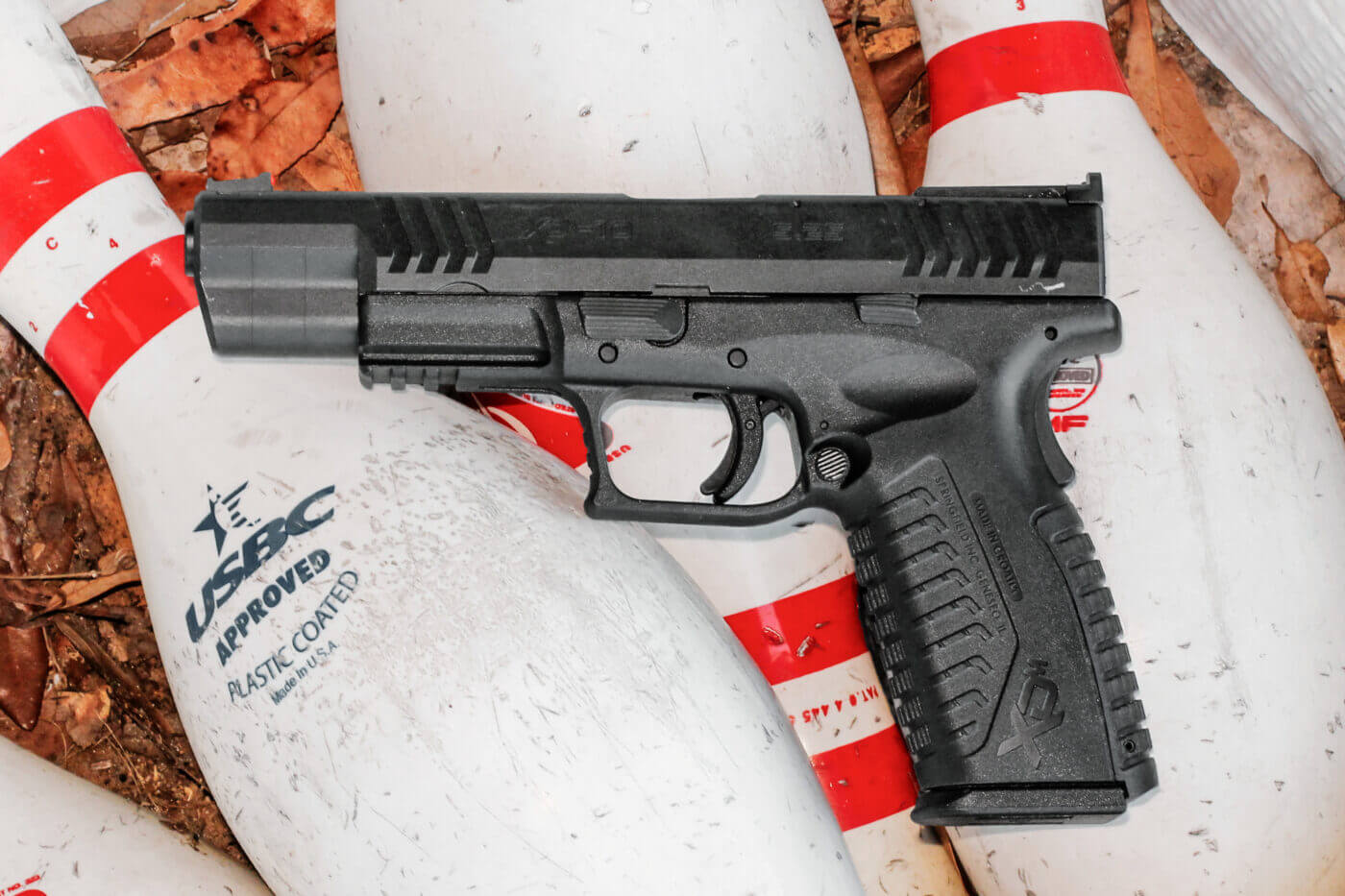
In the main events, you get six runs. Your time for clearing the best five runs is added up for your aggregate score. Your worst table is a “mulligan,” but your time there will be a tie-breaker if you and someone else have exactly the same score. The exception is “tip-over” events where the pins only have to be knocked horizontal, and not blown completely off the table. You have 15 seconds per run to clear each table before you are required to stop shooting.
Pin Shoot Pro Tip
Use powerful ammo in your handgun. I recommend 10mm and .45 ACP if you’re running an autopistol. Momentum is what you need, and that favors heavy bullets. You’ll get your best scores with hollow-point or flat-nose projectiles. The reason for this is they’ll bite into the convex surface of the pin and drive it more straight back.
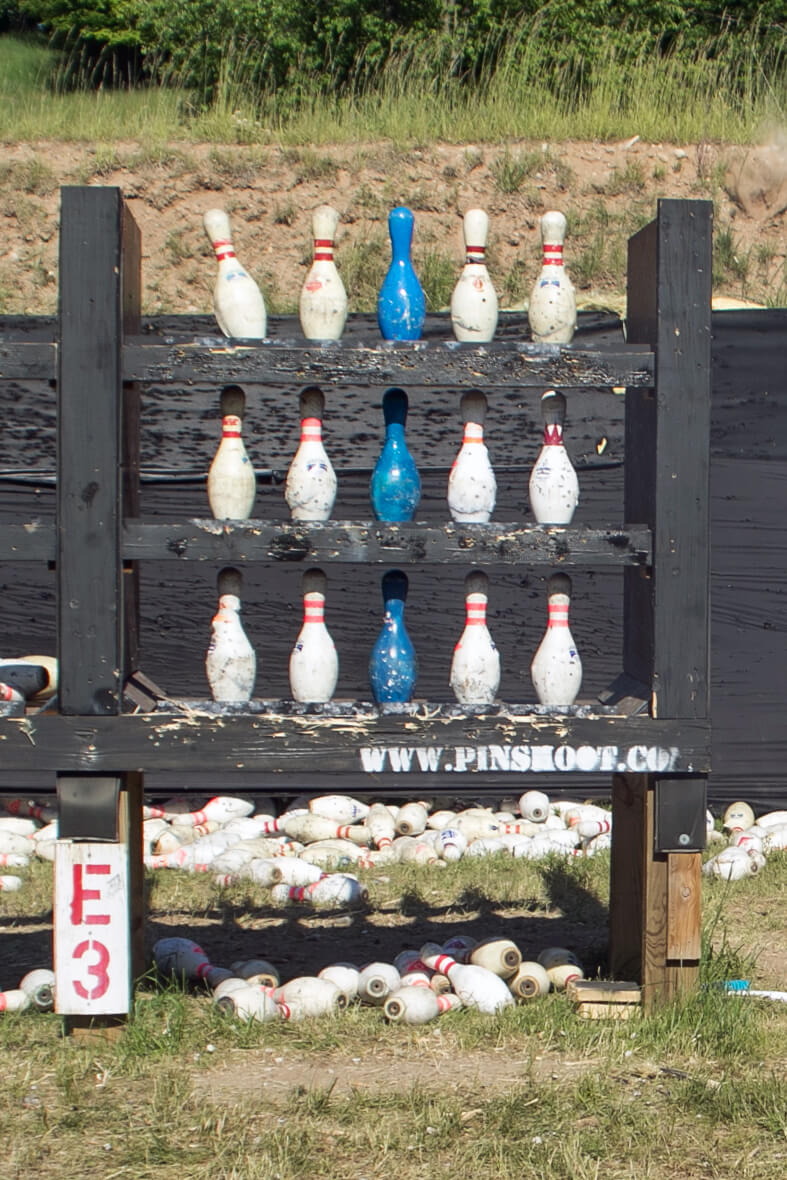
Round nose “ball” projectiles, if they don’t hit absolute dead center, will impart lateral movement when convex surface meets convex surface. If the pin tips over but stays on the table, you have to waste time shooting at it some more to get it the rest of the way off the table, and the clock is still running. Worse, a pin tipping sideways can knock over one of those hostage pins and add another score-killing five seconds to your time.
Strategy
On a three-tier table, some shooters prefer to take the top pins first, on the theory that they have the farthest to fall; your time stops when your last pin hits the ground, not when your last shot is fired.
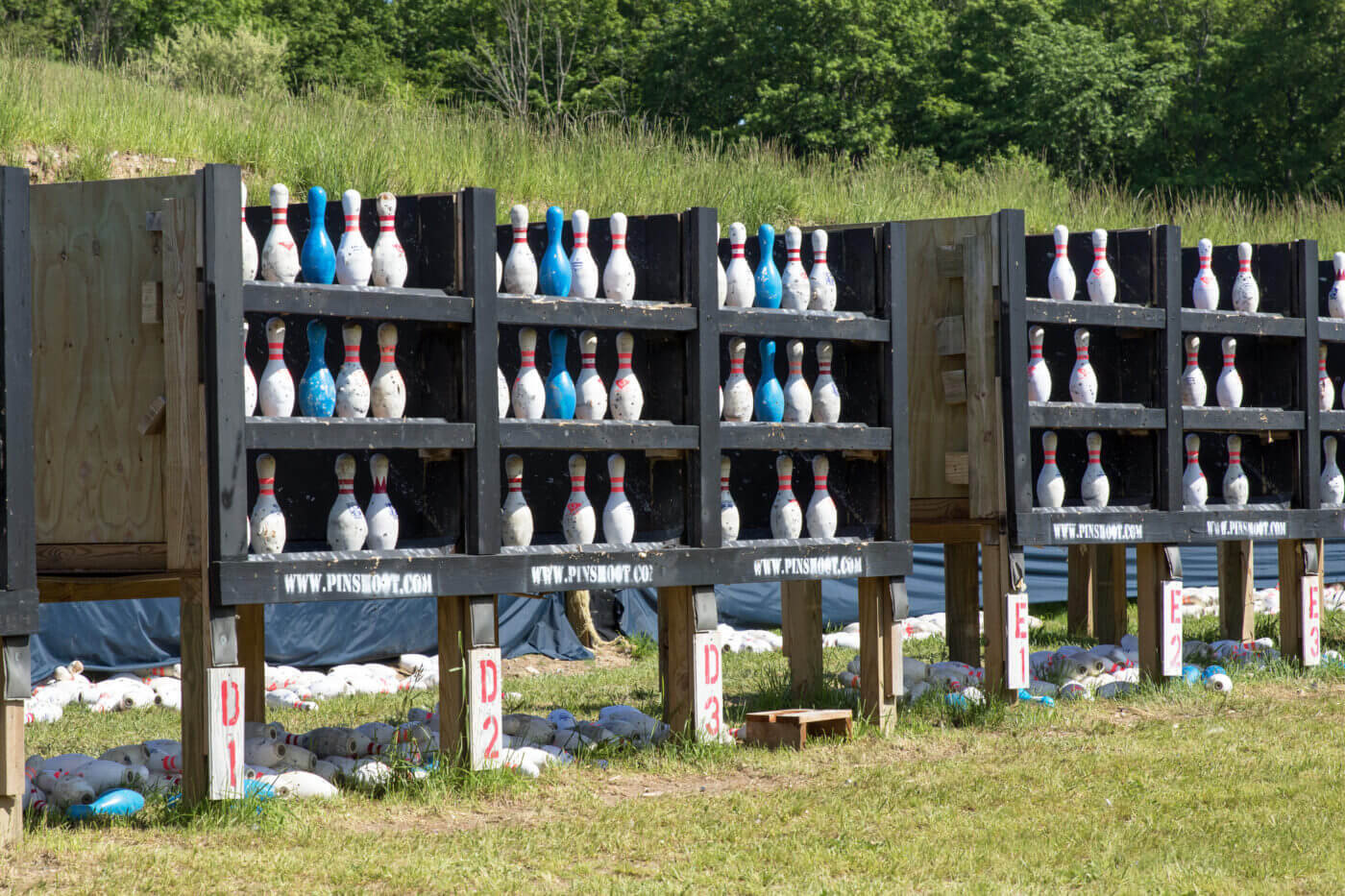
Some others prefer to shoot the bottom row first. This is actually required in the tip-over events for 9mm pistols and carbines. The reason for this is that a pin falling from a higher tier will sometimes tip over pins below, and the match designer wants you to win with shooting skill, not luck.
If you’re shooting both “must clear” and “tip-over” tables at the match, it just makes sense to shoot them all the same way. The bottom row also comes to the gunsights sooner, since you are required to start at low ready with gun or hand touching a rail in front of you. Finally, going bottom to top allows the recoil to help you move the gun between target tiers a little bit.
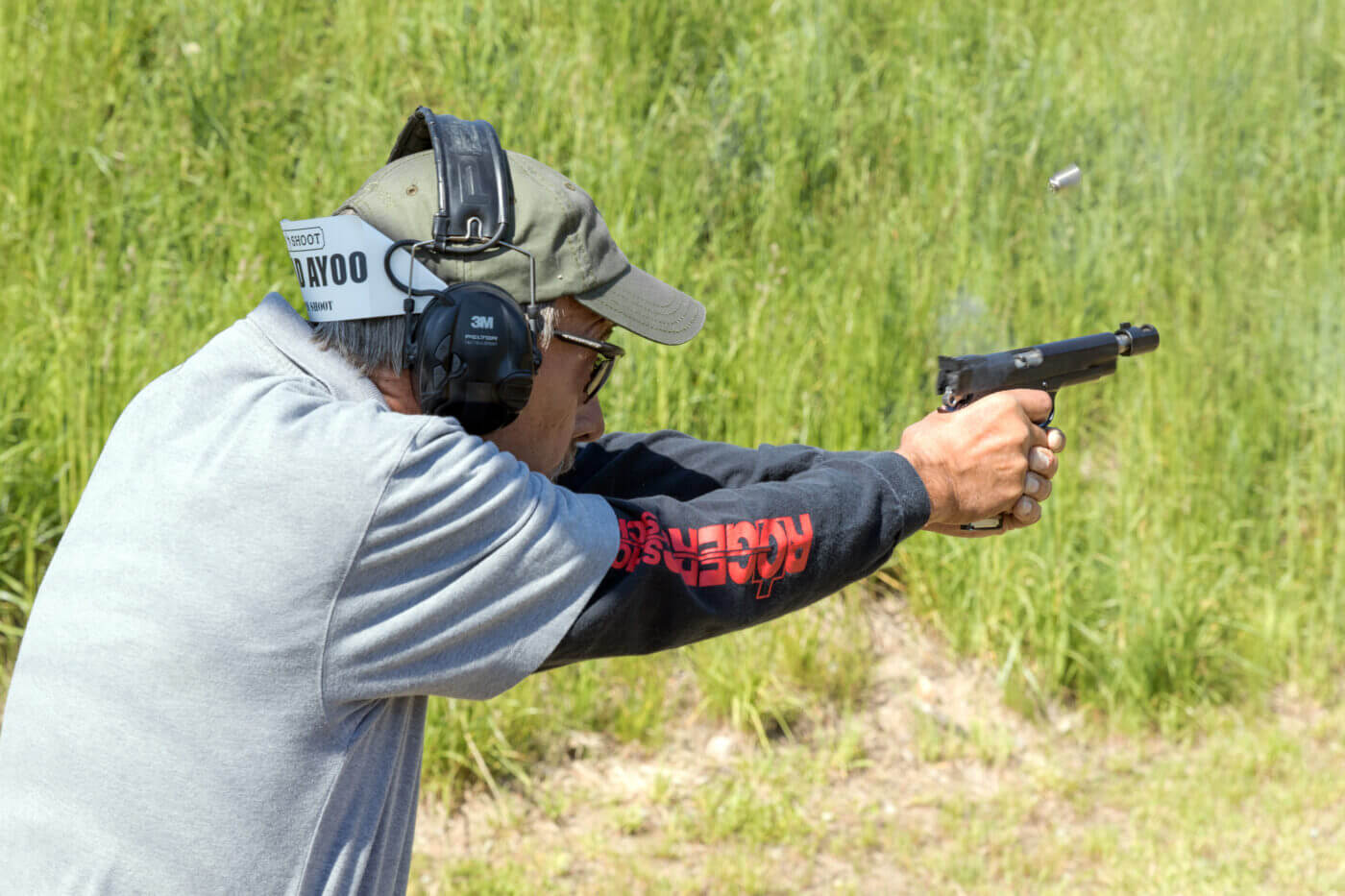
Bowling Pin Tactics
Virtually all of us who’ve shot this game a lot agree that the winning strategy is “one shot, one pin.” It’s a classic case of haste makes waste.
Where to aim on the pin? Don’t overthink it. Founder Rich Davis’ answer is classic: “Hit the white part.” When Richard and I did a book on this game years ago, we actually titled it “Hit the White Part,” but explained in the book that the advice is really whimsical. Even with a flat-nose or hollow point, you want to hit within an inch of the center of the pin to drive it straight back instead of sideways, and dead center on the widest part of the pin is where the champions I’ve interviewed hold.
Don’t wait to see if each pin you’ve shot clears the table! It eats up too much time. Trust your sights to tell you if you have the hit or not. The winners by and large shoot one pin and immediately swing to the next, coming back when they’re done to see if any recalcitrant pins need another shot.
If you’ve missed one, go to the next and keep your focus on your front sight. Shooting again and again on the same pin is inviting your subconscious to watch the target instead of your sights, resulting in more bad hits while that unforgiving clock is ticking.
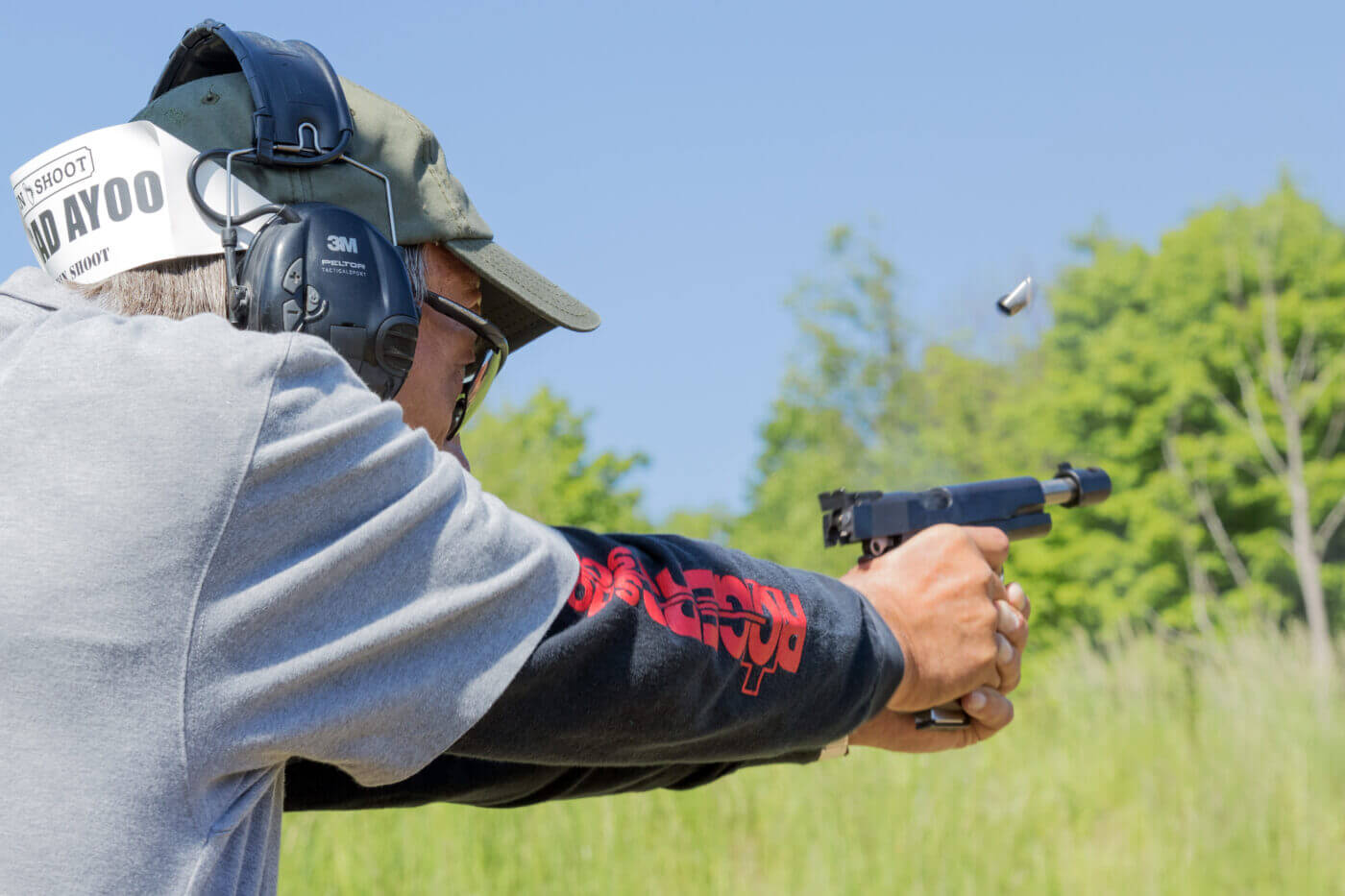
Be ready to perform a speed reload. In the main event, if you need to reload you’re probably already taking so much time that you’re going to finish out of the money. However, the prize tables run deep at The Pin Shoot. If you have five good tables and one horrible one, don’t give up: reload and finish that one bad table. If it comes down to a tie-breaker, as explained above, you’ll be glad you did. Besides, giving up and leaving the job unfinished is a bad habit to cultivate.
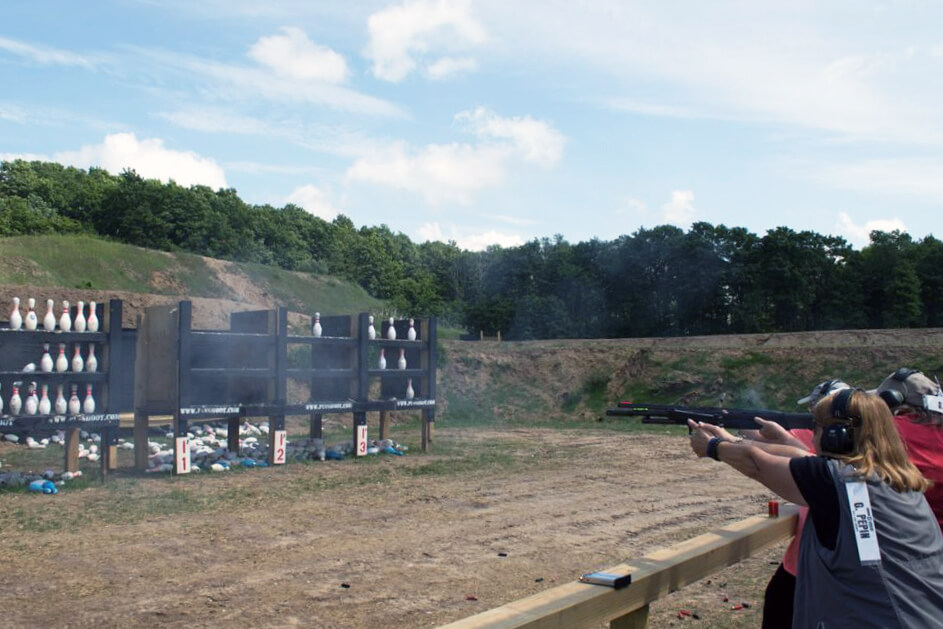
Conclusion
If there are local pin matches near you, shoot ’em! You’ll find it’s addictive, and if you go to the big one, the Pin Shoot in Central Lake, Michigan, you’ll be glad you had the practice. It’s the second week in June every year, and you can get more info and sign up options at “The Pin Shoot” link below. I hope to see you there!
Editor’s Note: Please be sure to check out The Armory Life Forum, where you can comment about our daily articles, as well as just talk guns and gear. Click the “Go To Forum Thread” link below to jump in and discuss this article and much more!
Join the Discussion
Featured in this article
Continue Reading
Did you enjoy this article?

 139
139





